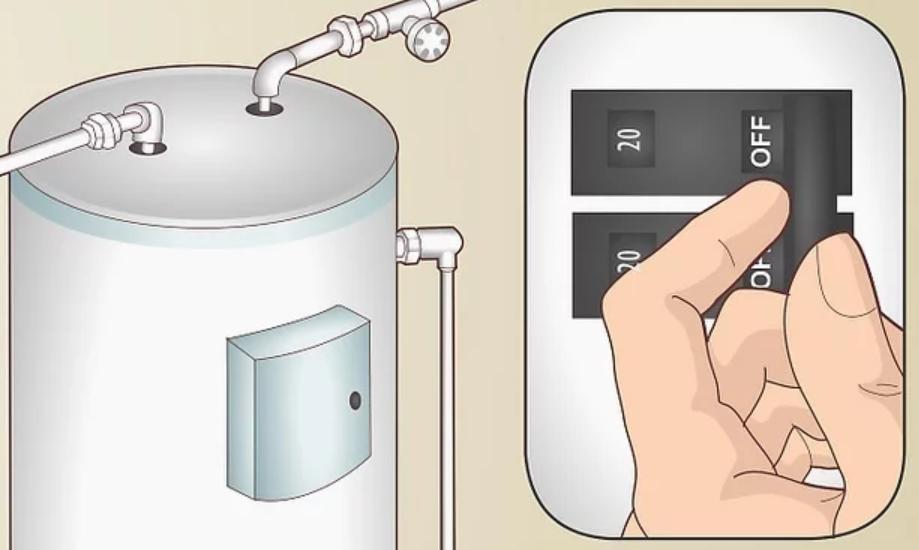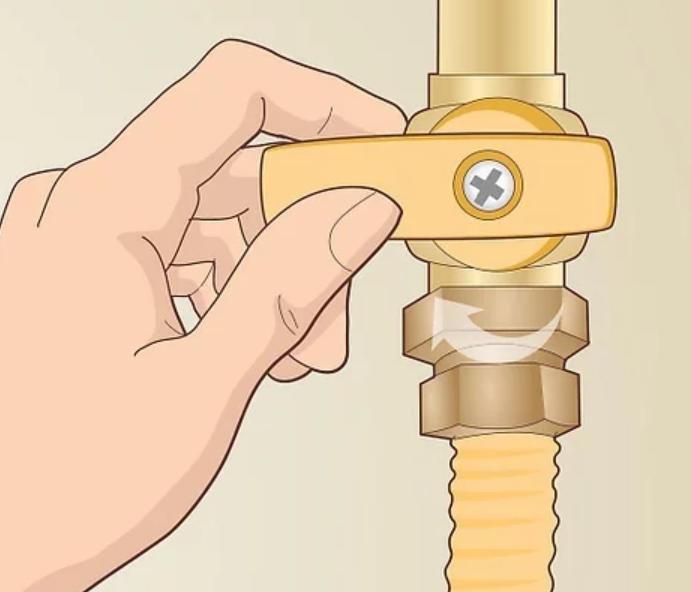Turning off a water heater might seem daunting, but it’s an essential skill for any homeowner. Knowing how to turn off water heater safely can prevent accidents and save you from costly repairs. Whether you’re performing routine maintenance, making repairs, or responding to an emergency, this guide will walk you through the steps to ensure your safety and protect your home.

Why Should You Turn Off Your Water Heater?
Safety Concerns
Turning off your water heater is crucial for safety. Water heaters can pose significant risks if not properly managed. High temperatures and pressure can lead to leaks, explosions, or electrical hazards. Always turn off the water heater before performing any maintenance to prevent burns or other injuries. By taking this precaution, you can ensure a safer environment for yourself and anyone assisting you. This is especially important if you are working with an older unit, as they can be more prone to malfunction. Additionally, turning off the power supply prevents accidental activation, which could lead to severe burns or electrical shocks. Ensuring that all components are cool and not under pressure can prevent sudden and dangerous releases of hot water or steam.
Maintenance Reasons
Regular maintenance is essential for the longevity and efficiency of your water heater. Turning off the water heater allows you to safely inspect and clean the unit, replace worn parts, and check for any potential issues. Regular maintenance can help you identify problems early and extend the life of your water heater, ensuring it operates efficiently and safely. By shutting down the unit, you can clean out sediment that may have built up over time, which can improve heating efficiency and reduce energy costs. Additionally, replacing parts like anodes or thermostats becomes much safer and simpler when the heater is off. This routine check-up can also help you detect leaks or corrosion that could lead to more severe problems if left unattended. Scheduling regular maintenance ensures that your water heater remains in good working condition, minimizing the risk of unexpected failures.
Emergency Situations
In emergencies, such as a gas leak, a burst pipe, or an electrical issue, knowing how to turn off your water heater quickly is vital. Turning off the water heater can help prevent further damage and reduce the risk of injury. Being prepared and knowing the steps to turn off your water heater can make a significant difference in managing emergencies effectively. Quick action can prevent accidents and limit damage to your home. For example, if you smell gas, turning off the heater and the gas supply can prevent potential explosions. Similarly, in the case of water leakage, shutting down the water supply and draining the heater can prevent flooding. This preparedness can save you time and money in repairs and ensure that you and your family stay safe. Practicing these emergency procedures can give you confidence and readiness, ensuring you can act swiftly and correctly when needed.
How to Safely Turn Off Your Water Heater
Turning Off the Power
To begin, locate your water heater’s power source. If you have an electric water heater, find the circuit breaker in your electrical panel and switch it off. For gas water heaters, locate the gas shut-off valve and turn it to the off position. This step is critical to ensure no power or gas is supplied to the unit, preventing any accidental activation during the process. It’s important to verify that the power is completely off before proceeding. Use a non-contact voltage tester to ensure no electricity is flowing to the heater. For gas models, make sure the gas valve is fully closed and that the pilot light is extinguished. This safety check prevents accidental ignition or electrical shock, which can be particularly dangerous in a wet environment. Double-checking these elements ensures that you can work on your water heater without risking injury or damage to the unit.

Shutting Off the Water Supply
Next, turn off the water supply to your water heater. Locate the cold water shut-off valve on the pipe leading into the water heater. Turn the valve clockwise until it is fully closed. This stops the flow of water into the unit, allowing you to work safely without the risk of water leakage or flooding. It’s crucial to ensure that the valve is completely closed to prevent any residual water from entering the tank. This step is essential to maintain a dry working environment and avoid any potential mess. Additionally, it allows you to safely drain the tank without the risk of continuous water flow. Once the valve is shut off, you can proceed with confidence, knowing that no additional water will enter the system, making the subsequent steps easier and safer to manage.
Draining the Water Heater
Once the power and water supply are off, it’s time to drain the water heater. Attach a garden hose to the drain valve at the bottom of the tank. Place the other end of the hose in a safe drainage area, such as a floor drain or outside. Open the drain valve and allow the water to flow out. Draining the tank helps prevent water damage and allows you to perform maintenance or repairs on an empty unit. Ensure the drainage area can handle the volume of water and is free from obstructions. This process can take some time, depending on the size of your tank, so be patient. Opening a hot water faucet in your home can help air enter the system, speeding up the drainage. Once the tank is empty, close the drain valve and remove the hose, making sure all connections are secure before proceeding with your maintenance tasks.
Conclusion
Knowing how to turn off water heater safely is essential for every homeowner. Whether for maintenance, repairs, or emergencies, these steps will help you manage your water heater effectively. Always remember to turn off the power, shut off the water supply, and drain the tank to ensure your safety and the longevity of your appliance. By following this guide, you can confidently handle your water heater and avoid common mistakes, keeping your home safe and your water heater in good condition. Regular maintenance and proper shutdown procedures can extend the life of your water heater, ensuring it operates efficiently and safely. Stay prepared and informed to handle any water heater-related tasks with ease.
FAQs
What tools do I need to test a water heater element?
To test a water heater element, you will need a few basic tools. These include a multimeter to measure electrical continuity, a screwdriver to remove access panels, and a wrench to loosen and tighten nuts. Having these tools on hand ensures you can accurately test the element and determine if it needs replacement. Follow the manufacturer’s instructions for your specific water heater model to ensure accurate testing and safety.
How often should I test my water heater element?
Testing your water heater element should be part of your regular maintenance routine. It’s recommended to test the element at least once a year. Regular testing helps identify any potential issues early, ensuring your water heater operates efficiently. If you notice problems like inconsistent water temperature or no hot water, test the element immediately to diagnose the problem.
Can I turn off my water heater if I have a gas model?
Yes, you can turn off a gas water heater by locating the gas shut-off valve and turning it to the off position. Additionally, follow the steps for shutting off the water supply and draining the tank. Ensure the pilot light is off before performing any maintenance. Consult your water heater’s manual for specific instructions related to your model.
